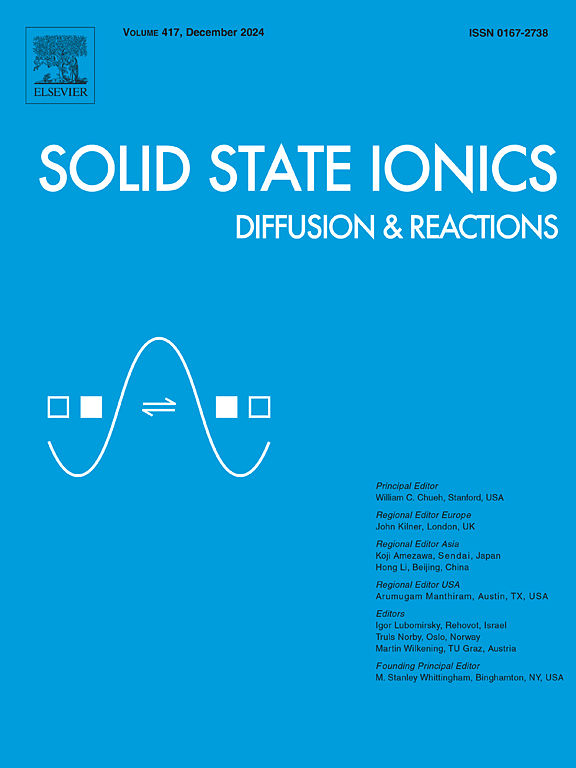从第一性原理计算研究Ce元素掺杂对ZrO2陶瓷力学性能的影响
IF 3.3
4区 材料科学
Q3 CHEMISTRY, PHYSICAL
引用次数: 0
摘要
由于其优异的机械、热、化学和介电性能,氧化锆(ZrO2)被广泛应用于气体传感器、固体氧化物燃料电池、高耐久性涂层、催化剂以及机械工程、航空航天和牙科等领域。与其他陶瓷相比,氧化锆具有优异的耐磨性,抛光后,氧化锆长时间保持较低的表面粗糙度。目前,对ZrO2掺杂力学性质的研究大多集中在实验阶段,第一性原理计算主要集中在ZrO2的光学性质、热电性质和热力学性质上。因此,本文基于密度泛函理论,通过Materials Studio软件构建ZrO2模型,对模型进行收敛测试,研究ZrO2的电子结构和成键,计算掺杂不同浓度CeO2后ZrO2的力学性能,并从原子尺度分析掺杂浓度对力学性能和弹性波速的影响。本文章由计算机程序翻译,如有差异,请以英文原文为准。
The influence of Ce element doping on the mechanical properties of ZrO2 ceramic from first-principles calculations
Due to its excellent mechanical, thermal, chemical and dielectric properties, zirconia (ZrO2) is widely used in gas sensors, solid oxide fuel cells, high-durability coatings, catalysts, as well as in mechanical engineering, aerospace and dental fields. Compared with other ceramics, zirconia has excellent wear resistance, and after polishing, zirconia maintains a low surface roughness for a long time. At present, most of the researches on the mechanical properties of ZrO2 doping are concentrated in the experimental stage, and the first-principle calculations are mainly focused on the optical properties, thermoelectric properties and thermodynamic properties of ZrO2. Therefore, based on density functional theory, this paper constructs a ZrO2 model through Materials Studio software, conducts convergence tests on the model, studies the electronic structure and bonding of ZrO2, calculates the mechanical properties of ZrO2 after doping different concentrations of CeO2, and analyzes the effects of doping concentrations on mechanical properties and elastic wave velocity from the atomic scale.
求助全文
通过发布文献求助,成功后即可免费获取论文全文。
去求助
来源期刊

Solid State Ionics
物理-物理:凝聚态物理
CiteScore
6.10
自引率
3.10%
发文量
152
审稿时长
58 days
期刊介绍:
This interdisciplinary journal is devoted to the physics, chemistry and materials science of diffusion, mass transport, and reactivity of solids. The major part of each issue is devoted to articles on:
(i) physics and chemistry of defects in solids;
(ii) reactions in and on solids, e.g. intercalation, corrosion, oxidation, sintering;
(iii) ion transport measurements, mechanisms and theory;
(iv) solid state electrochemistry;
(v) ionically-electronically mixed conducting solids.
Related technological applications are also included, provided their characteristics are interpreted in terms of the basic solid state properties.
Review papers and relevant symposium proceedings are welcome.
 求助内容:
求助内容: 应助结果提醒方式:
应助结果提醒方式:


